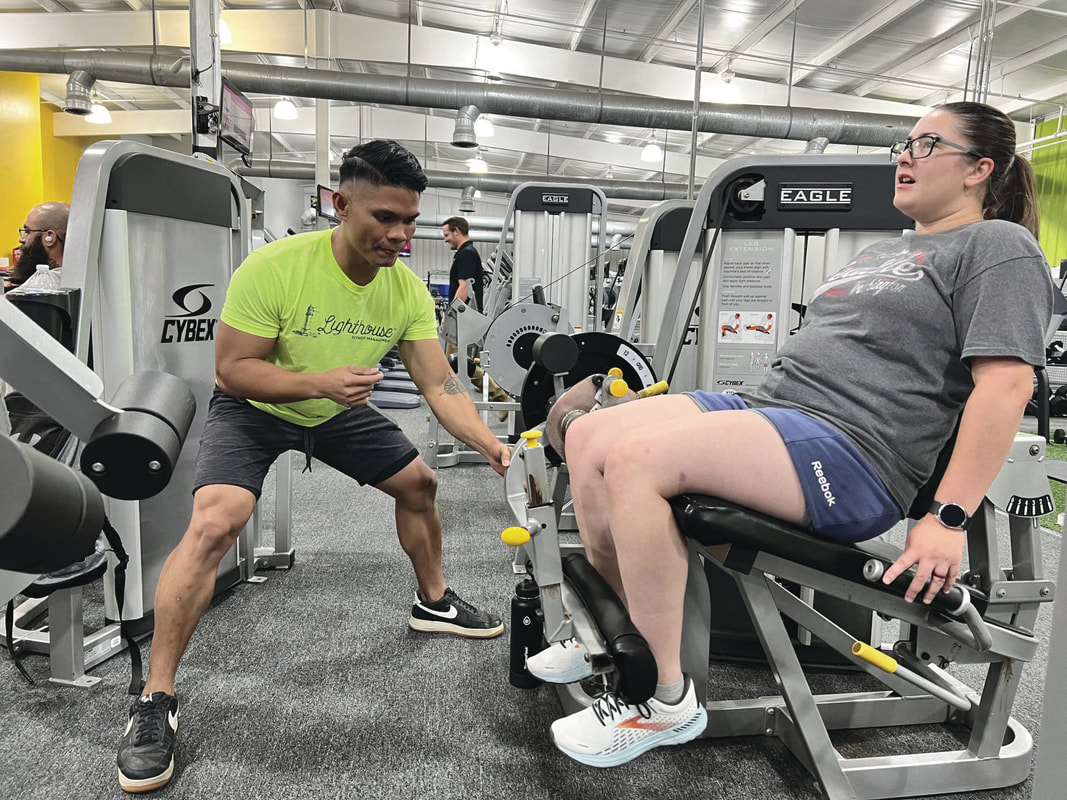By Katrina Crumbacher and Jacobey BrossieEditor in Chief and Staff Writer On April 25, downtown Oklahoma City will transform into a hub of art and culture as the Festival of the Arts returns.
The Oklahoma City Festival of the Arts is one of the most anticipated events of the year. For six days, Bicentennial Park will be filled with food trucks, artwork and live performances suitable for all ages. By: Michael PalaciosPhoto Editor Change isn’t easy and in the realm of fitness; it is a great challenge to overcome habits that have become second nature.
|

